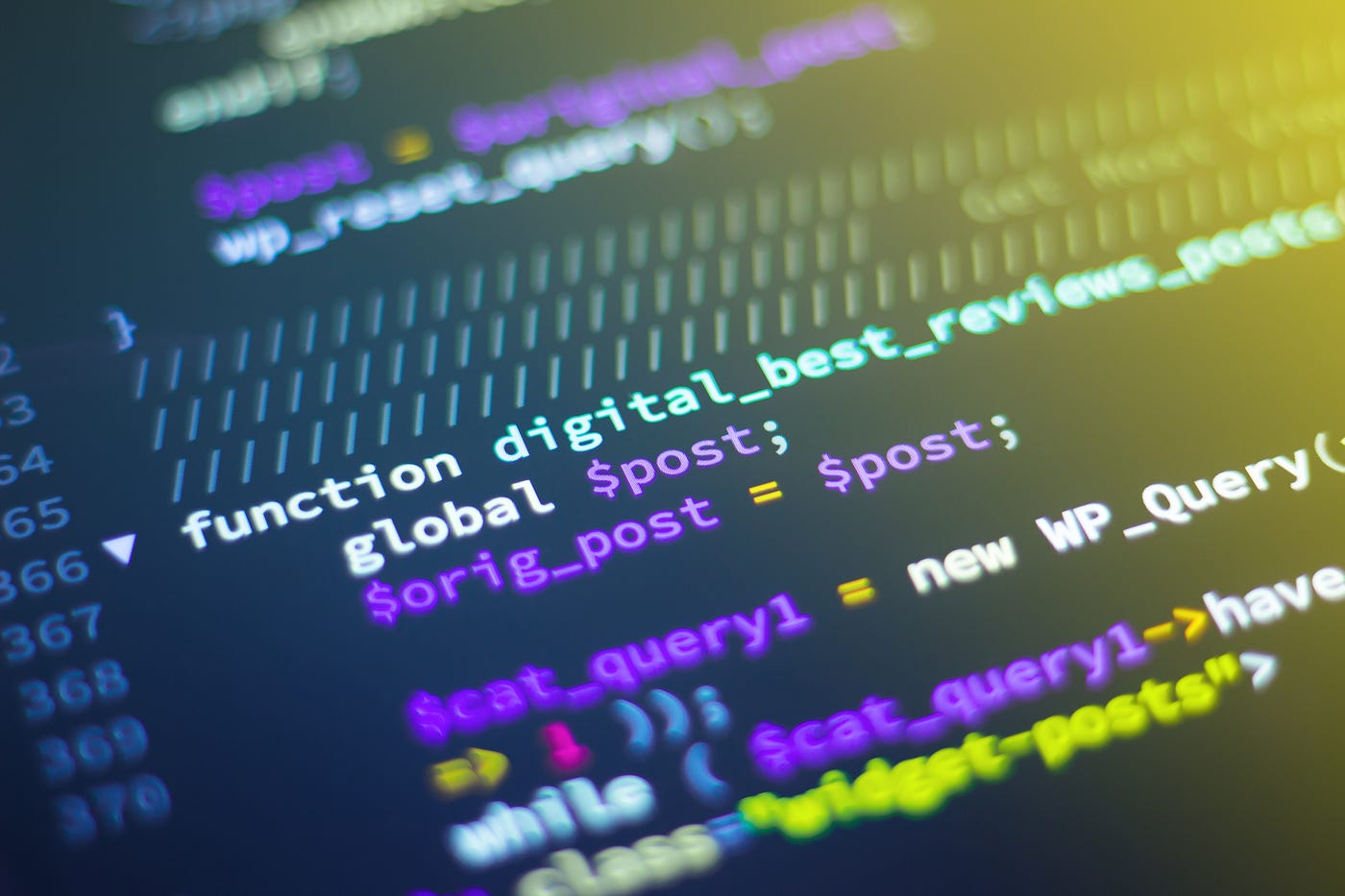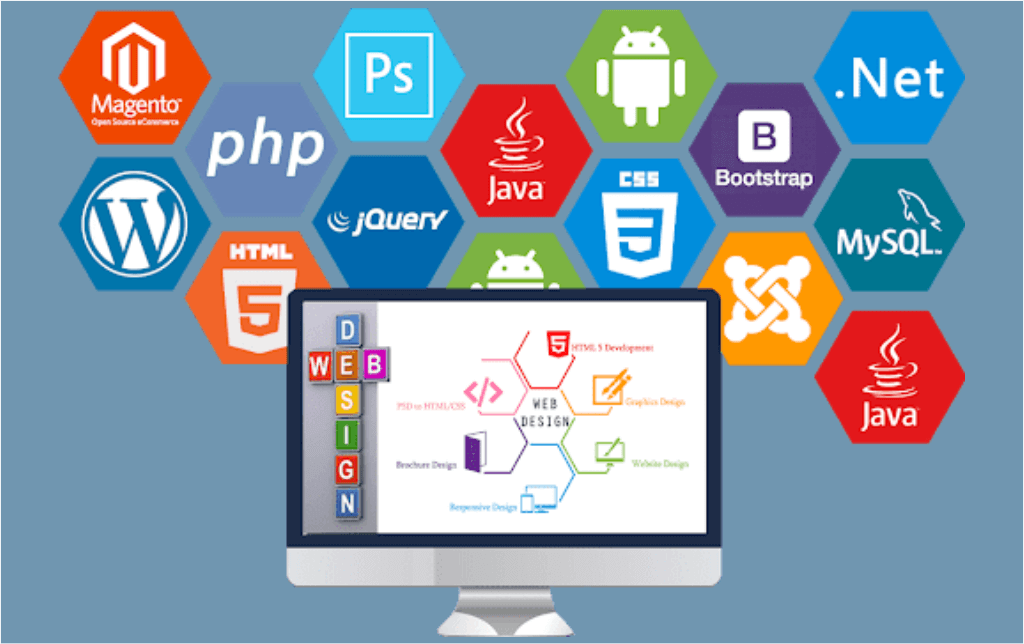Python has emerged as one of the most popular and versatile programming languages in recent years. Its simplicity, readability, and extensive library support have made it a favorite among developers for a wide range of applications, from web development and data analysis to machine learning and artificial intelligence. In this article, we will explore the key aspects of Python programming and why it continues to gain prominence in the world of technology.
Readability and Simplicity
Python’s design philosophy emphasizes code readability and simplicity. Its clean and easy-to-understand syntax uses indentation (whitespace) to define code blocks, which reduces the need for curly braces or other delimiters found in many other programming languages. This makes Python an excellent choice for both beginners and experienced developers.
# Example of Python’s simplicity
def greet(name):
print(f”Hello, {name}!”)greet(“Alice”)
Versatility and Cross-Platform Compatibility
Python is a versatile language that can be used for various applications across different platforms. Whether you are developing desktop applications, web applications, mobile apps, or even embedded systems, Python can be employed effectively. It runs on all major operating systems, ensuring cross-platform compatibility.
Rich Standard Library
Python boasts a comprehensive standard library that includes modules for handling tasks such as file I/O, regular expressions, networking, and more. These modules simplify development by providing pre-built solutions, reducing the need for developers to reinvent the wheel.
# Example: Reading a CSV file with Python’s CSV module
import csvwith open(‘data.csv’, ‘r’) as file:
reader = csv.reader(file)
for row in reader:
print(row)
Community and Third-Party Libraries:
Data Science and Machine Learning
# Example: Training a simple machine learning model with scikit-learn
from sklearn import datasets
from sklearn.model_selection import train_test_split
from sklearn.linear_model import LogisticRegression# Load the iris dataset
iris = datasets.load_iris()
X, y = iris.data, iris.target# Split the data into training and testing sets
X_train, X_test, y_train, y_test = train_test_split(X, y, test_size=0.2, random_state=42)# Create and train a logistic regression model
model = LogisticRegression()
model.fit(X_train, y_train)# Make predictions
predictions = model.predict(X_test)







